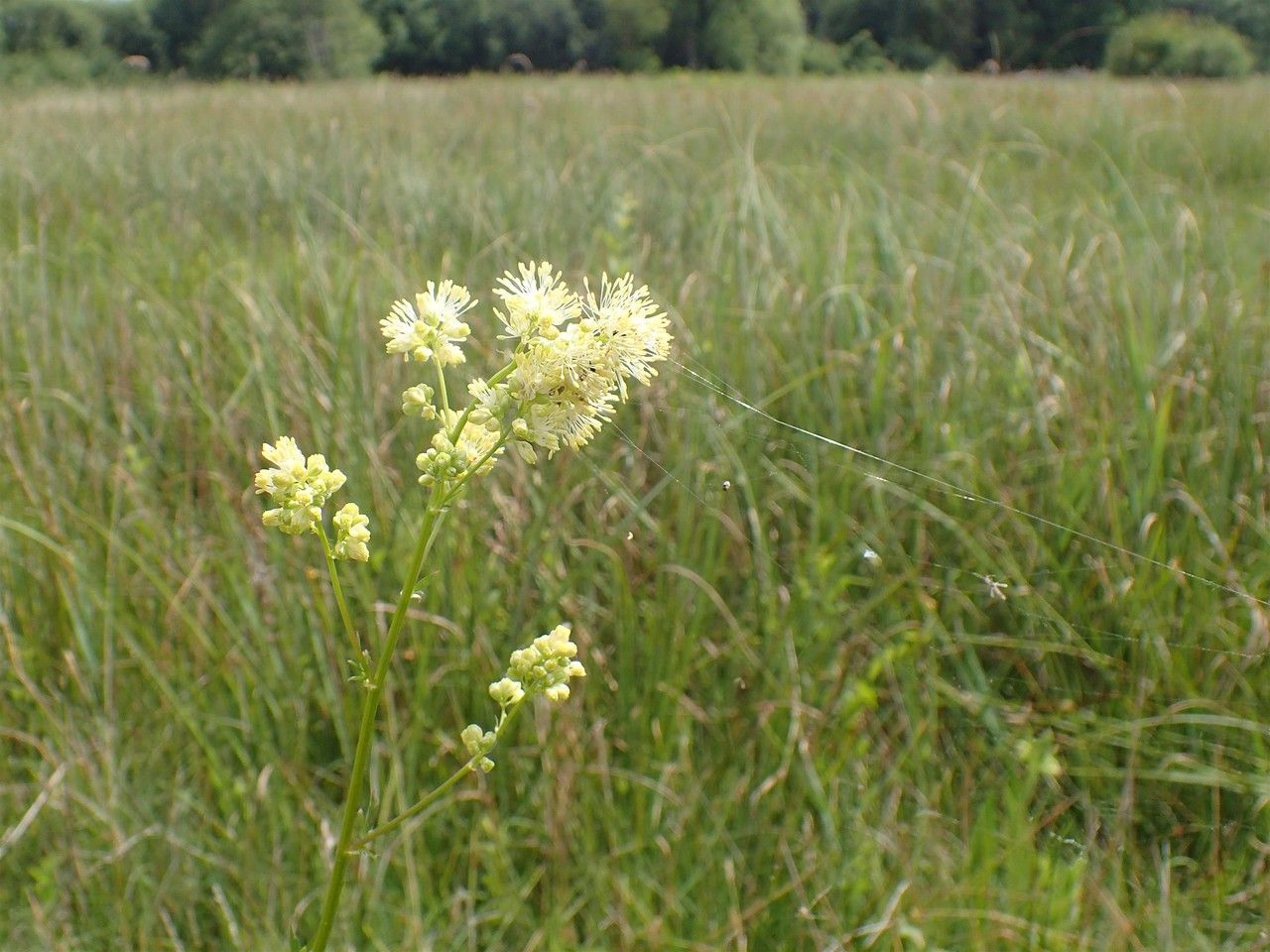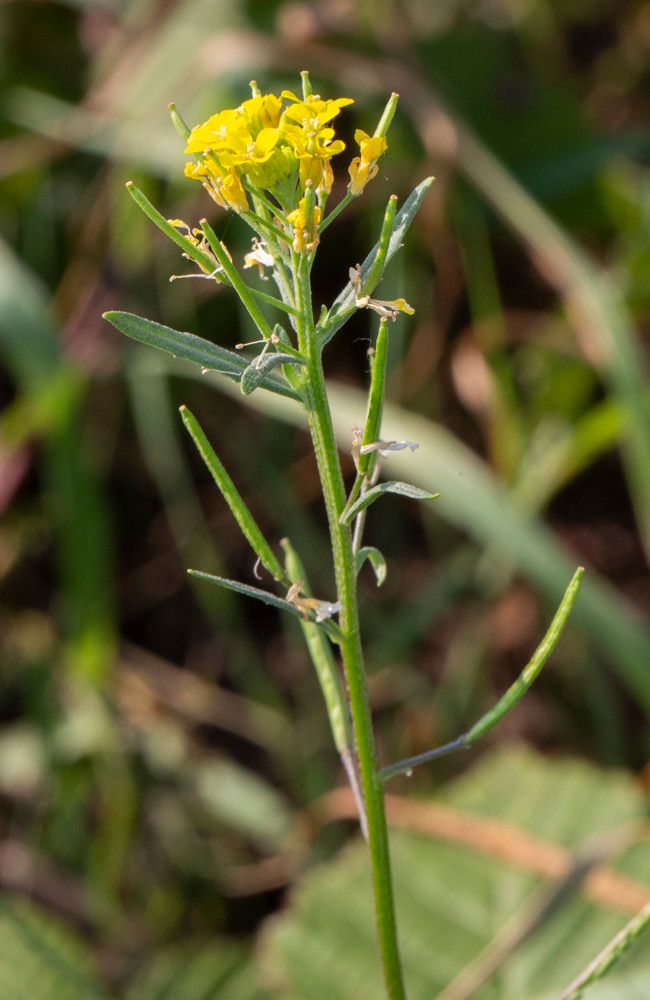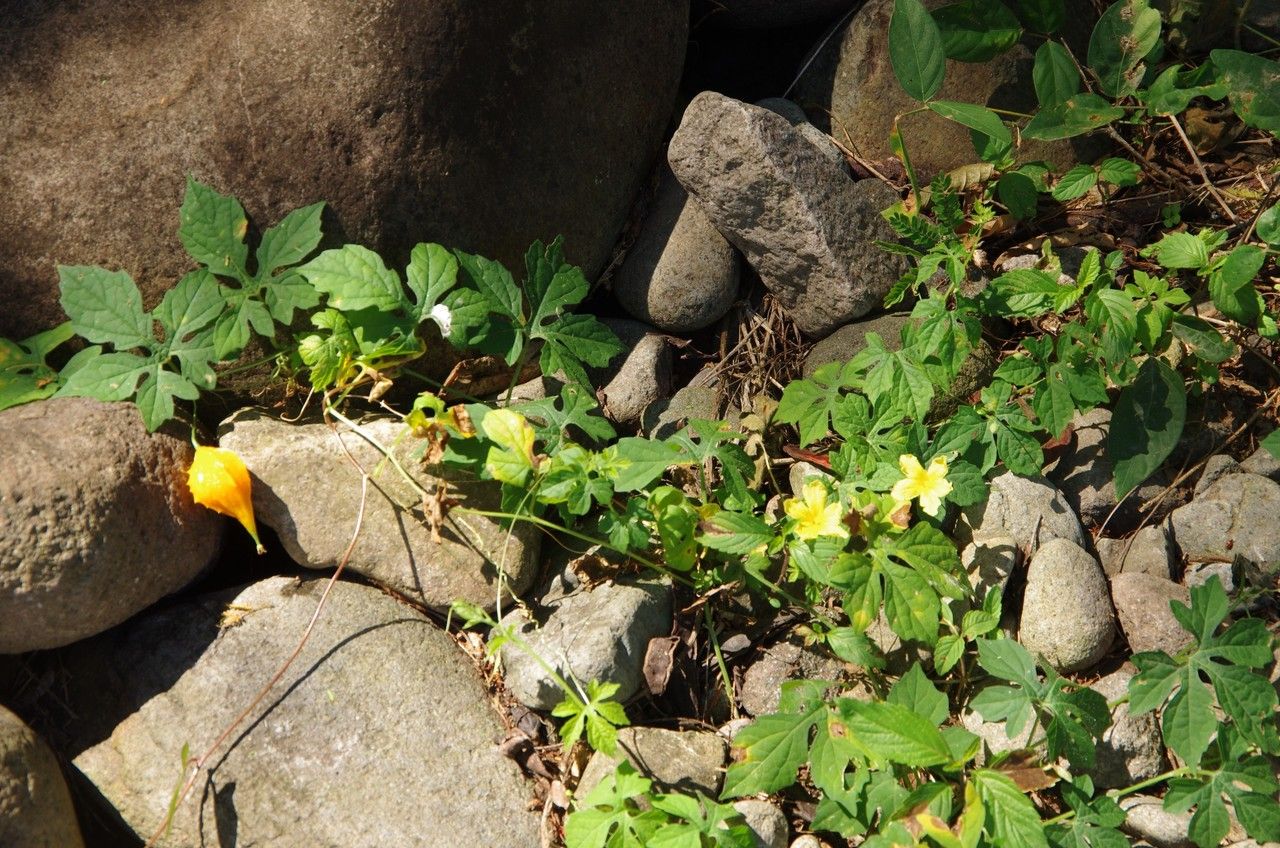### Common Meadow-Rue: A Graceful Addition to Your Garden
Common Meadow-Rue ( *Thalictrum flavum*), a member of the Ranunculaceae family, is a captivating perennial plant prized for its delicate, airy foliage and charming yellow flowers. This elegant wildflower adds a touch of understated beauty to any garden setting, whether integrated into a naturalistic border or showcased as a standalone specimen.
### Habitat and Growth
Common Meadow-Rue thrives in moist, fertile soils, particularly those rich in organic matter. It naturally inhabits damp meadows, riverbanks, and woodland edges, demonstrating a preference for partial shade to full sun. However, in hotter climates, afternoon shade is beneficial to prevent scorching. This adaptable plant tolerates a wide range of soil pH levels, showing remarkable resilience in various conditions.
### Appearance and Characteristics
Common Meadow-Rue boasts finely divided, fern-like foliage that creates a delicate, airy texture. Its leaves are bluish-green, providing a striking backdrop to the abundant clusters of small, yellow flowers that bloom in summer. These flowers are composed of numerous feathery stamens, giving them a soft, fluffy appearance. The plant can reach heights ranging from 2 to 4 feet, making it a substantial presence in the garden.
### Cultivating Common Meadow-Rue
Cultivating Common Meadow-Rue is relatively straightforward. The best time to plant is in spring or autumn. Prepare the soil by loosening it well and incorporating compost or other organic matter to ensure adequate drainage and moisture retention. Once planted, water regularly, especially during dry periods, ensuring the soil remains consistently moist but not waterlogged. Deadheading (removing spent flowers) will encourage continued flowering and prevent self-seeding. While generally pest and disease-resistant, monitoring for common garden pests is recommended. Propagation can be achieved by seed sowing or division of mature plants in early spring or autumn.
### Common Meadow-Rue in Garden Design
Common Meadow-Rue's elegant form makes it a versatile addition to various garden styles. It complements other shade-loving plants like ferns and hostas perfectly. Its airy texture creates a sense of lightness and movement in a border, while its height makes it suitable for the middle or back of a flower bed. Its yellow flowers also provide a lovely contrast against purple or blue-flowered companions.
### Benefits and Considerations
Common Meadow-Rue is considered a low-maintenance plant, making it ideal for busy gardeners. Its tolerance for different soil types and its resilience to pests and diseases make it a reliable choice. However, it's important to note that all parts of the plant are considered toxic if ingested. Therefore, it’s best to keep it out of reach of children and pets.
### Conclusion
Common Meadow-Rue offers a unique blend of beauty and practicality. Its delicate foliage, airy flowers, and low-maintenance nature make it a treasured addition to any garden, blending effortlessly into diverse landscapes. By following the guidelines outlined above, you can cultivate and enjoy this charming perennial for many years to come. Remember to always consult local gardening resources for specific advice tailored to your region and climate.
Common Meadow-Rue: A Gardener's Guide

Frequently Asked Questions
How do I care for Common Meadow-Rue?
Common Meadow-Rue prefers moist, fertile soil and partial to full sun (afternoon shade in hot climates). Water regularly, especially during dry periods. Deadhead spent flowers to encourage continued bloom.
Where does Common Meadow-Rue grow best?
Common Meadow-Rue thrives in moist, fertile soils found in damp meadows, riverbanks, and woodland edges. It tolerates partial shade to full sun, but afternoon shade is recommended in hotter climates.


